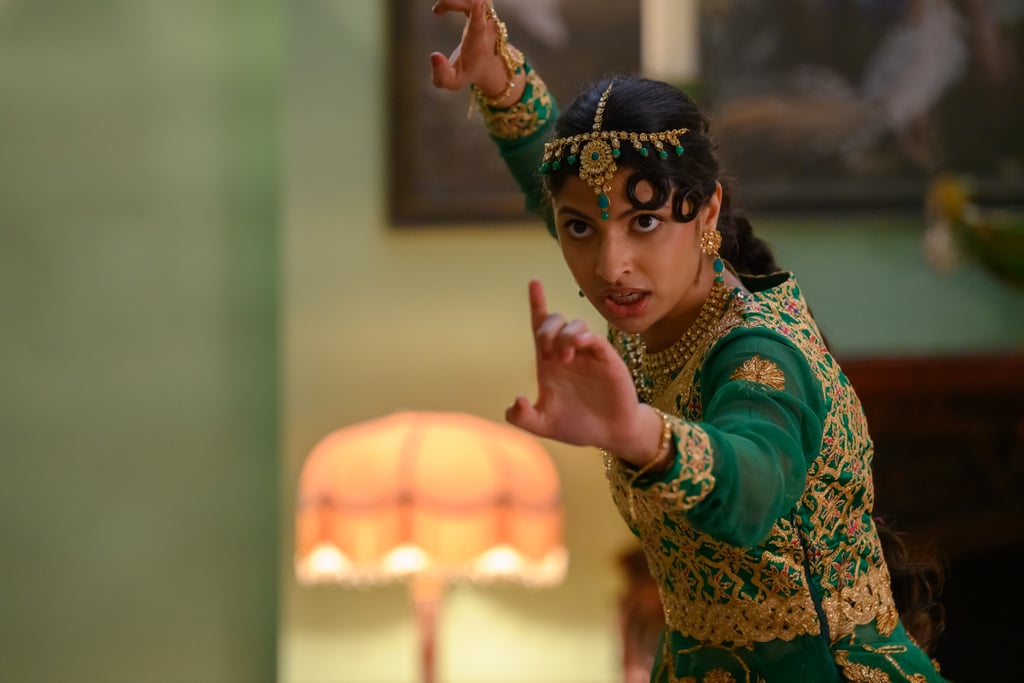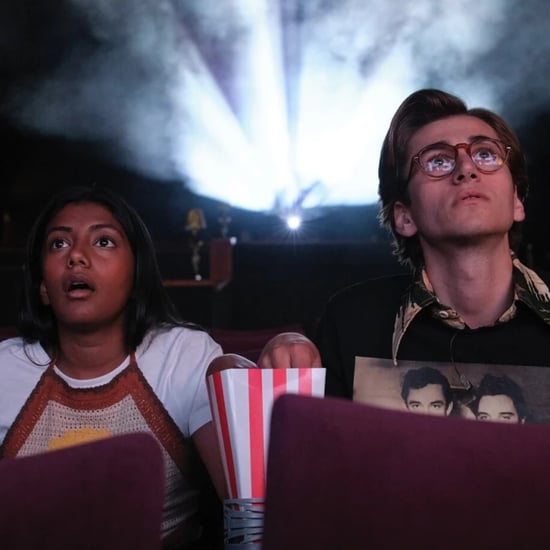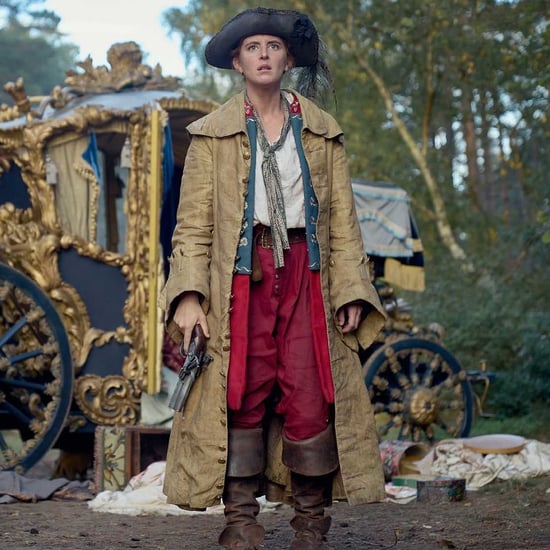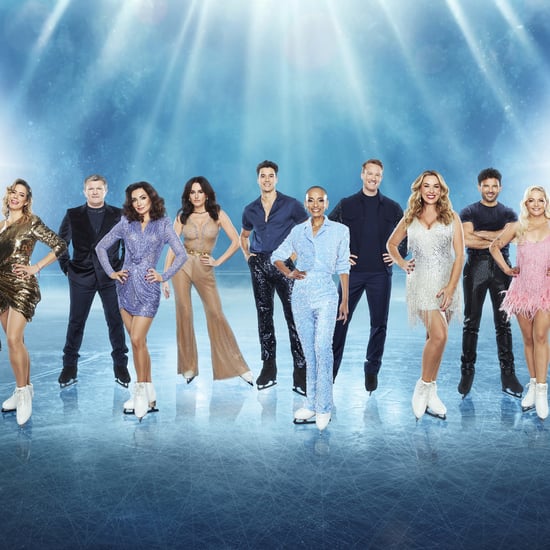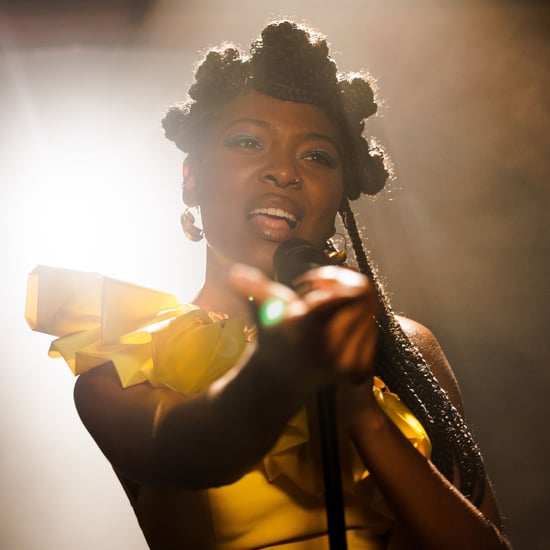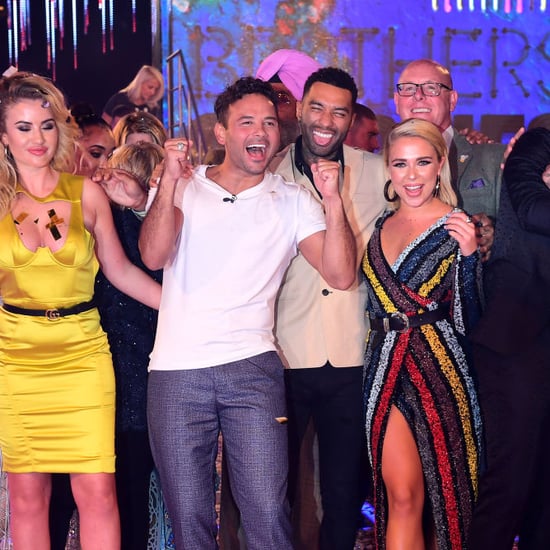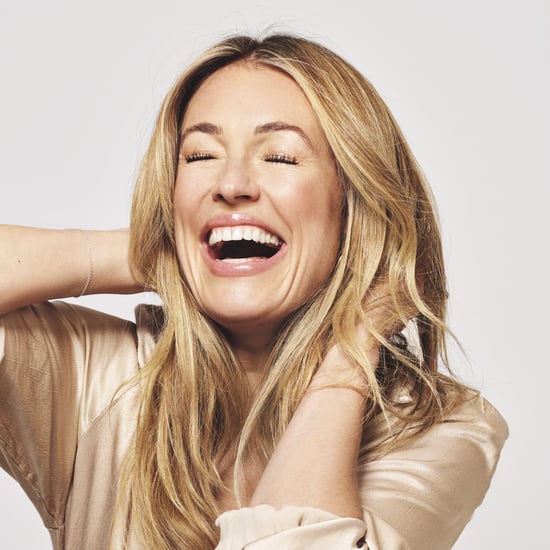The Evolution of South Asian Women in British Film and TV
From "Bend It Like Beckham" to "Polite Society," Here's How South Asian Women Have Evolved On Screen
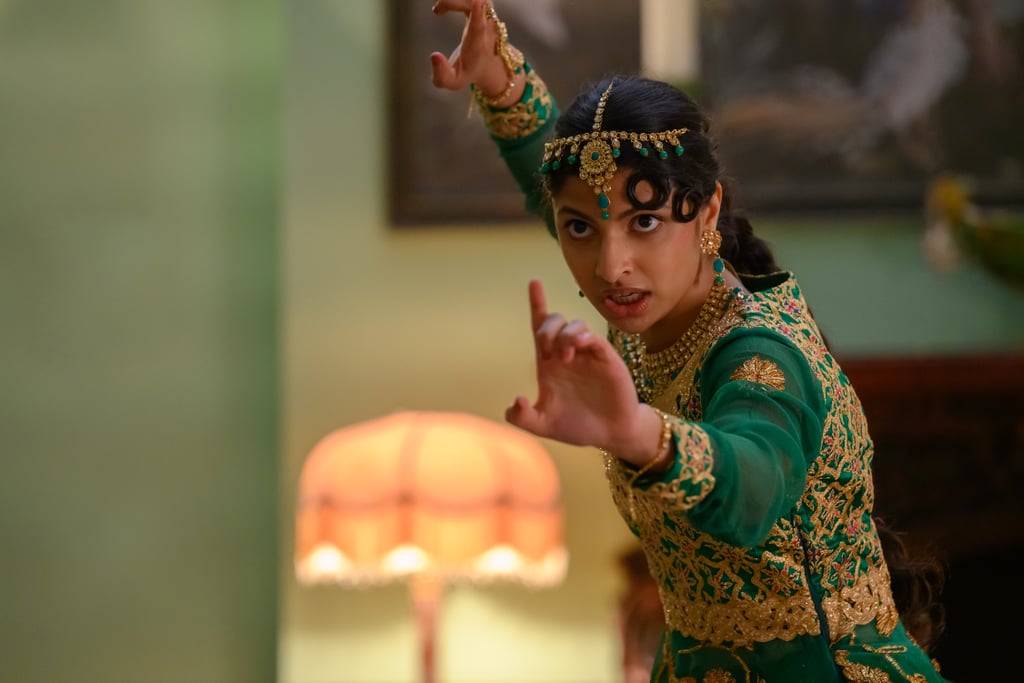
"Polite Society," the directorial film debut from "We Are Lady Parts" creator Nida Manzoor, premiered in UK cinemas on 28 April. The film is centred around aspiring stuntwoman Ria (Priya Kansara), who practises her martial arts religiously — much to the dismay of those around her. However, when Ria becomes suspicious of her sister Lena's (Ritu Arya) engagement, she enlists her friends to help pull off the action-packed heist of a generation to rescue her sister from the grips of her nefarious new mother-in-law (Nimra Bucha).
When it premiered at Sundance Film Festival, the film made an impression on critics, with many hailing it as a feel-good action-comedy well worth watching. In particular, Kansara's lead performance, the electric energy of the film, and the unmistakable chemistry between Ria and Lena have dazzled reviewers and warmed hearts.
And whilst the film's action-comedy hijinks make for a fun night out, they also mark a watershed moment in South Asian representation in British film. Much like the impact 2018's "Black Panther" had for Black communities, "Polite Society" offers a foray into genre cinema that is a welcome addition to the catalogue of British South Asian representation onscreen. There have been glimpses of this before — namely, "Bend It Like Beckham" making waves as a sports film in 2002. But when it comes to the films that "Polite Society" is being compared to ("Scott Pilgrim vs. the World," "The Three Flavours Cornetto" trilogy, "Everything Everywhere All At Once"), these cinematic spaces have rarely been occupied by Desi people, let alone women.
In the UK, the South Asian community is fairly blessed when it comes to the calibre of representation, even when the quantity is lacking. Films like "My Beautiful Laundrette" and "East Is East" are considered staples of British cinema and culturally important films, beyond just the communities they represent. BBC comedy championed voices like Meera Syal and Sanjeev Bhaskar ("Goodness Gracious Me," "The Kumars at No. 42") in the 1990s, and today, writers such as Adil Ray ("Citizen Khan") and Guz Khan ("Man Like Mobeen") continue to make their mark.
However, when it comes to the depiction of South Asian women in TV and film, exploration of cultural identity often becomes the narrative, rather than simply allowing characters to exist like their white counterparts. This has gradually shifted over the years, with a clear evolution in representation. Read on to learn more about this evolution of South Asian women in British TV and cinema.
"Bhaji on the Beach" (1993)

"Goodness Gracious Me" (1998)
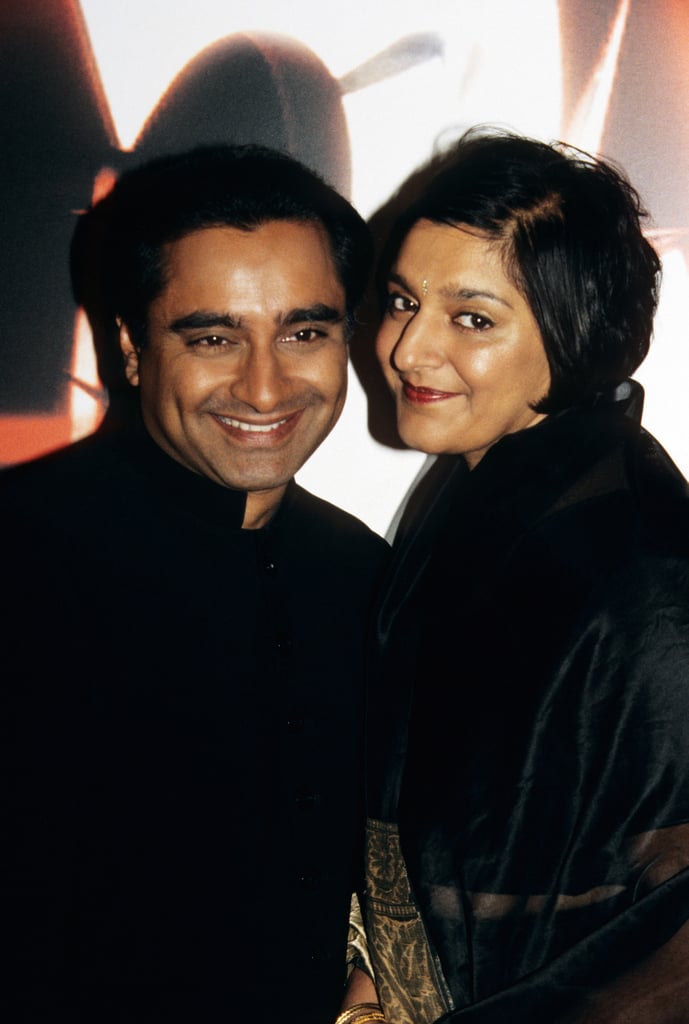
"East is East" (1999)
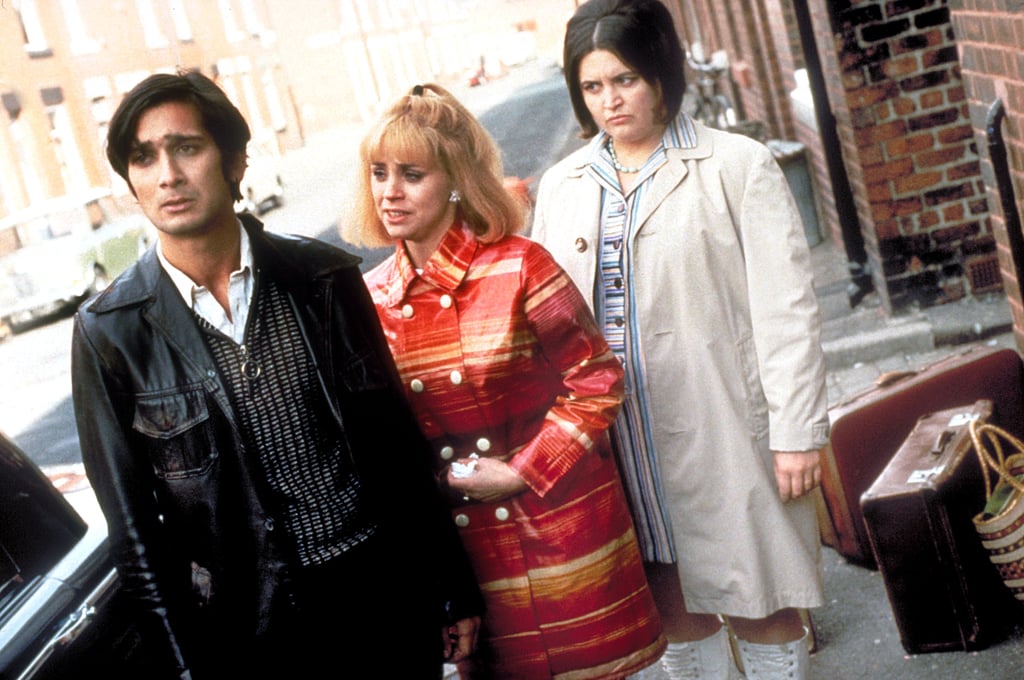
"Anita and Me" (2002)
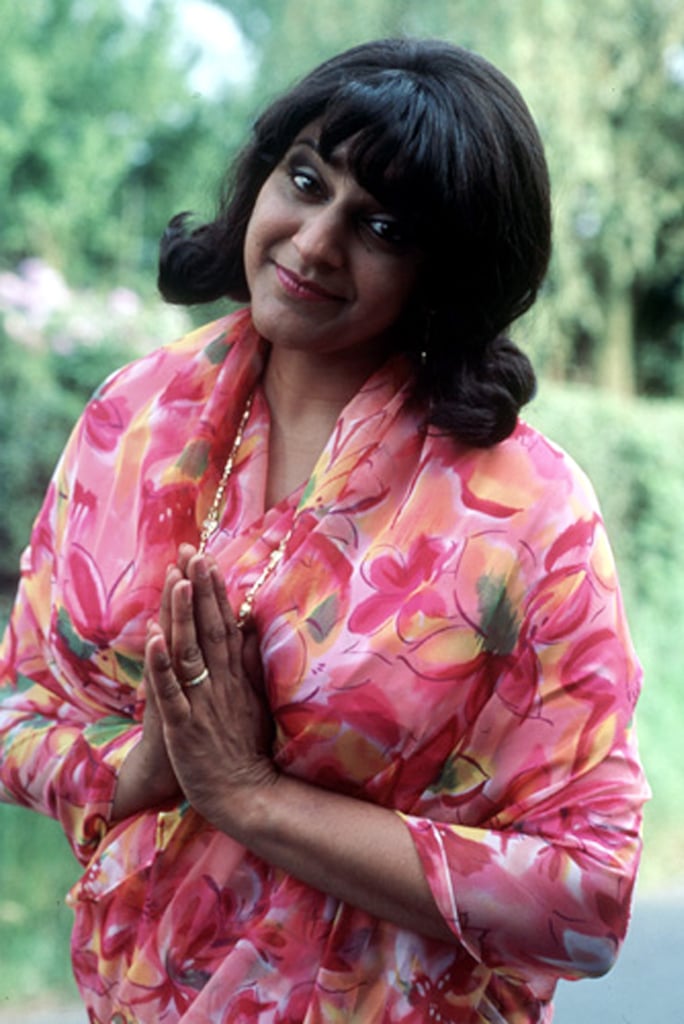
"Bend it Like Beckham" (2003)

"Some Girls" (2012)
"We Are Lady Parts" (2021)
"Bridgerton" (2022)
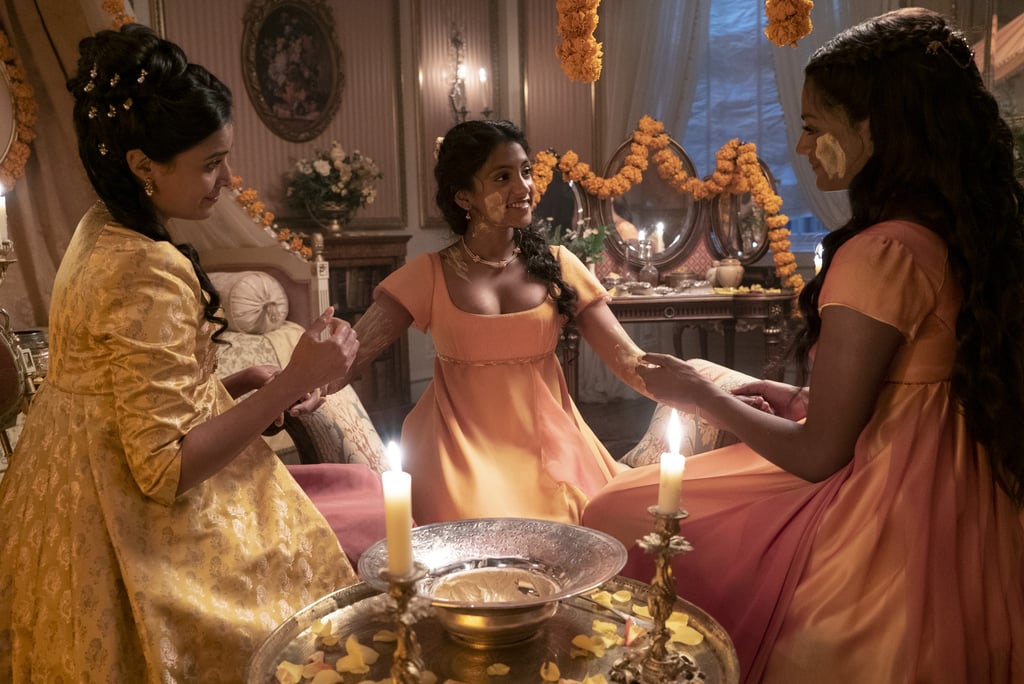
"Polite Society" (2023)
